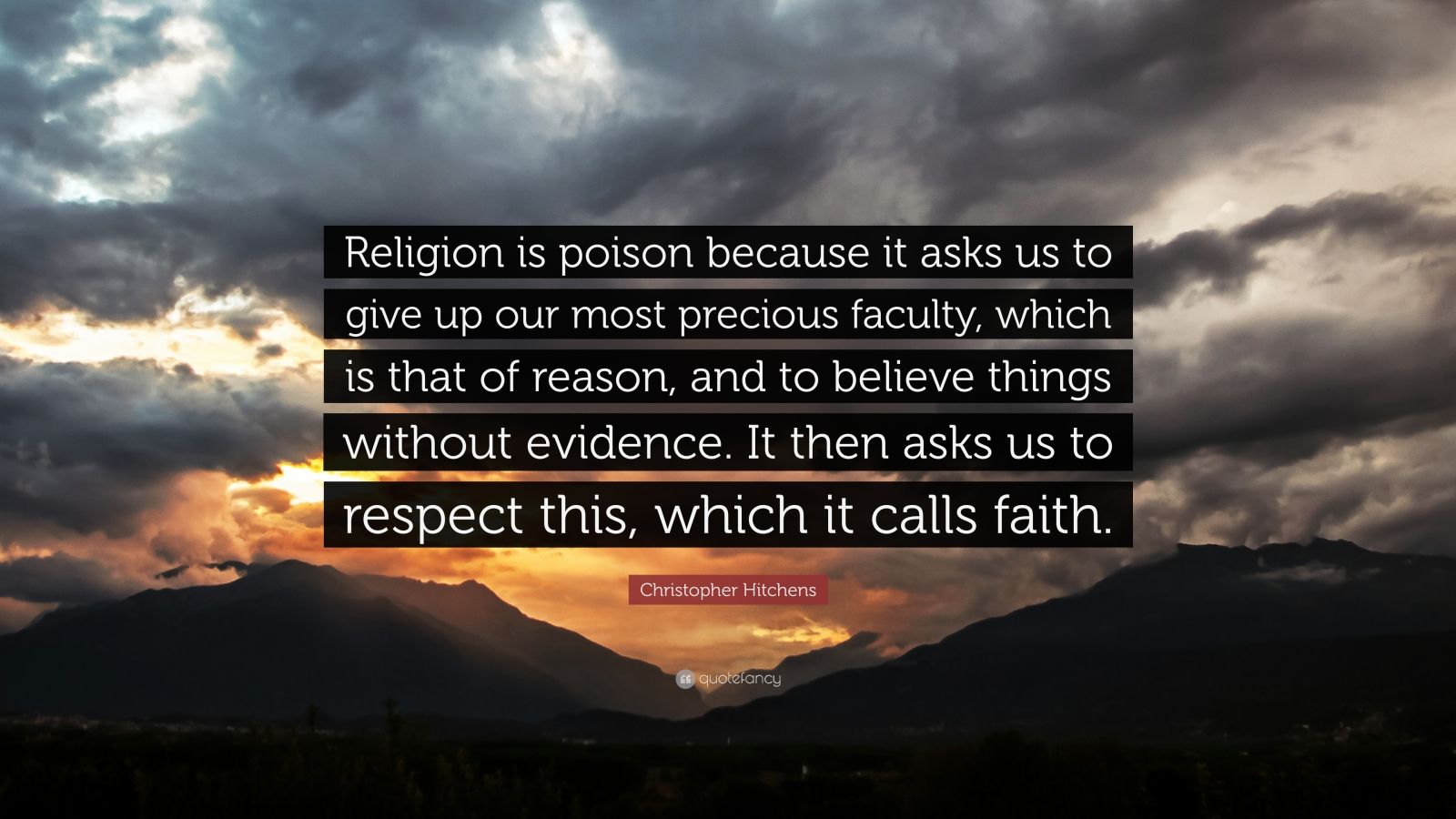The interplay between rage and religion represents a profound dichotomy within the existential experience of humanity. The Bahá’í Faith, with its deeply rooted spiritual principles and inclusive ethos, offers a compelling framework for navigating the tumultuous waters of personal anguish and societal discord. Pain, though often perceived as an adversary, can be construed as a catalyst for transformative spiritual growth. This exploration will illuminate the Bahá’í teachings on how faith compels adherents to confront, understand, and ultimately transcend pain, using their trials as a means of collective upliftment and personal evolution.
To commence this discourse, it is imperative to conceptualize pain not merely as an affliction but as a profound teacher. The Bahá’í Faith posits that life’s challenges serve a divine purpose, promoting resilience and fostering compassion. This perspective beckons individuals to reassess their relationship with adversity, transforming rage, which may be an instinctive reaction to suffering, into a resolute commitment to growth and service. Such a transformation necessitates a paradigm shift: viewing pain through the lens of opportunity rather than obstruction.
The notion of embracing suffering can be likened to the process of alchemy—the ancient art of transforming base metals into gold. In this metaphor, rage, akin to base metal, is transmuted into the gold of virtue through conscious engagement with one’s inner tumult. Bahá’u’lláh, the founder of the Bahá’í Faith, elucidates this process when he asserts that tribulations are as liberating as they are burdensome. They are the crucibles through which the soul is refined, prompting believers to seek a higher purpose amidst turmoil.
At the heart of Bahá’í teachings lies the principle of unity in diversity. This foundational concept encourages individuals to view their personal pain not in isolation but as part of a collective human experience. The acknowledgment that every individual grapples with their own trials serves as a reminder of the interconnectedness of humanity. Consequently, while rage may erupt from feelings of alienation or injustice, faith encourages transformations of these emotions into acts of service—a powerful antidote to despair. Through the lens of unity, believers are implored to channel their discontent into constructive actions aimed at fostering understanding and healing.
Furthermore, the Bahá’í commitment to justice provides a vital framework for addressing the societal sources of pain that often fuel inner rage. Bahá’ís are urged to engage actively in social reform and to advocate for equity and justice, recognizing that the healing of communities is intrinsically linked to personal well-being. This call to action, however, must be grounded in the exercise of patience and humility. Healing societal wounds requires a long-term vision and an unwavering dedication to the principles of love and unity, even when faced with adversity.
The transformative power of prayer represents another essential component of the Bahá’í approach to pain and rage. Prayer and meditation serve as conduits for individuals to express their anguish, seek divine assistance, and cultivate inner peace. In the throes of despair, turning towards prayer can provide solace and clarity, illuminating the path from rage to tranquility. This sacred practice does not negate the reality of suffering; rather, it provides a means to process and transcend it. Through prayer, believers align their will with the divine, fostering resilience and enabling the emotional alchemy necessary for personal growth.
Moreover, the Bahá’í teachings emphasize the importance of community in managing pain. The support of a nurturing community serves as a bedrock during times of turmoil, allowing individuals to share their struggles and triumphs. This collective approach to healing reinforces the belief that no one is alone in their suffering. Through communal activities, such as devotional gatherings or service projects, the collective rage and grief can be transformed into shared strength and purpose. Community cohesion nurtures a healing environment where pain is acknowledged and addressed collectively, promoting a sense of belonging and mutual support.
Furthermore, the Bahá’í principle of the harmony of science and religion invites believers to engage with psychological and emotional tools to address personal suffering. The modern understanding of emotional intelligence and mental health can complement spiritual practices, equipping individuals with strategies to manage their rage constructively. Such an integration of spiritual and psychological insights underscores the Bahá’í view that faith is a dynamic interplay between the ethereal and the empirical, enhancing the believer’s capacity to navigate life’s complexities.
In reflection, the Bahá’í Faith’s teachings present a compelling roadmap for addressing the intersection of rage and religion. Pain is not merely to be endured but should be embraced as a transformative experience that invites believers to expand their empathy, engage in collective justice, and nurture their relationship with the divine. The alchemical process of converting rage into compassion and understanding serves as an invitation to transcend the limitations of mere survival, fostering a life enriched with purpose and connection. Ultimately, the call of faith is one of commitment—to oneself, to others, and to the divine principle of unity that binds the human experience.
Thus, within the framework of Bahá’í teachings, rage can evolve into a profound catalyst for change, illuminating the path toward healing and collective transformation. The journey through pain, equipped with the tools of spiritual practice, community solidarity, and emotional understanding, offers hope and a vision for a more just and harmonious world.
